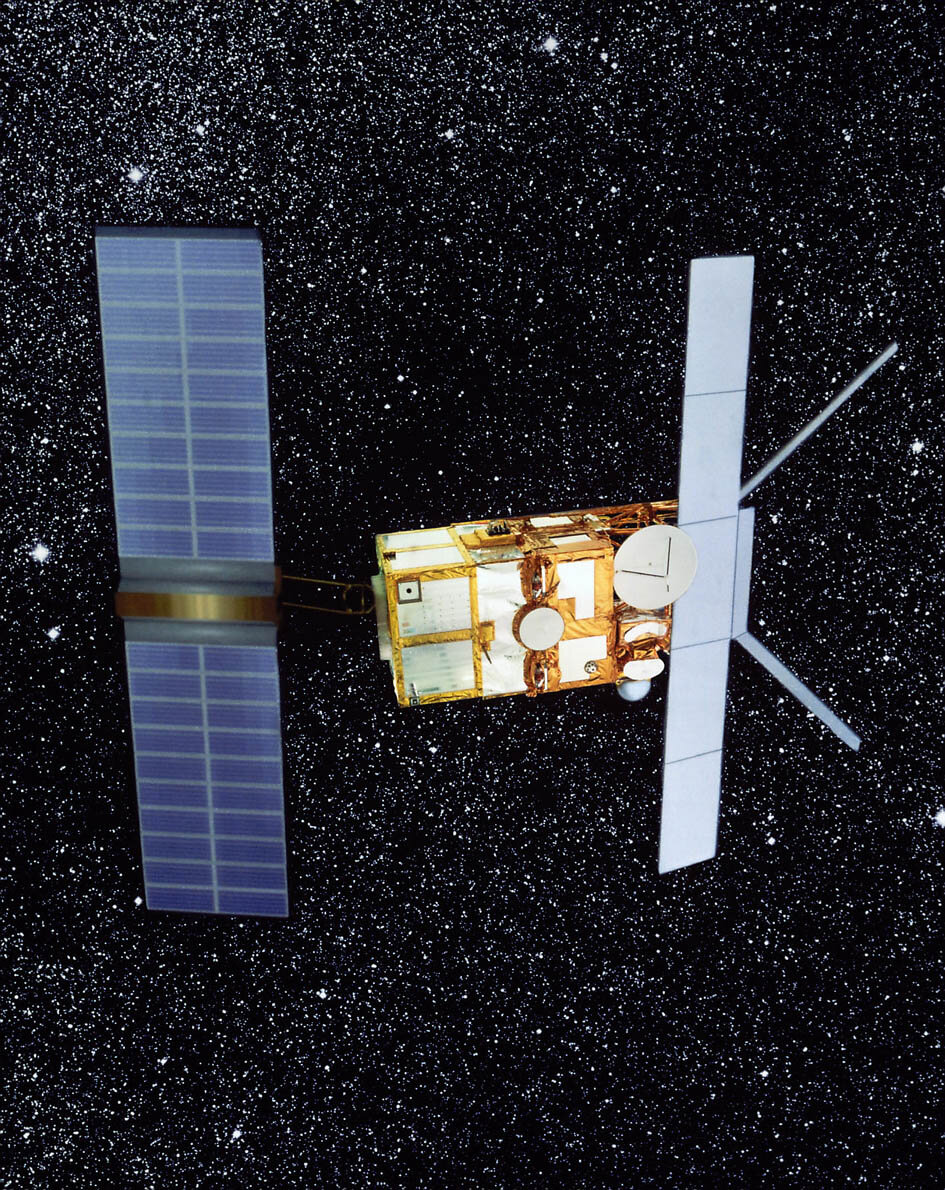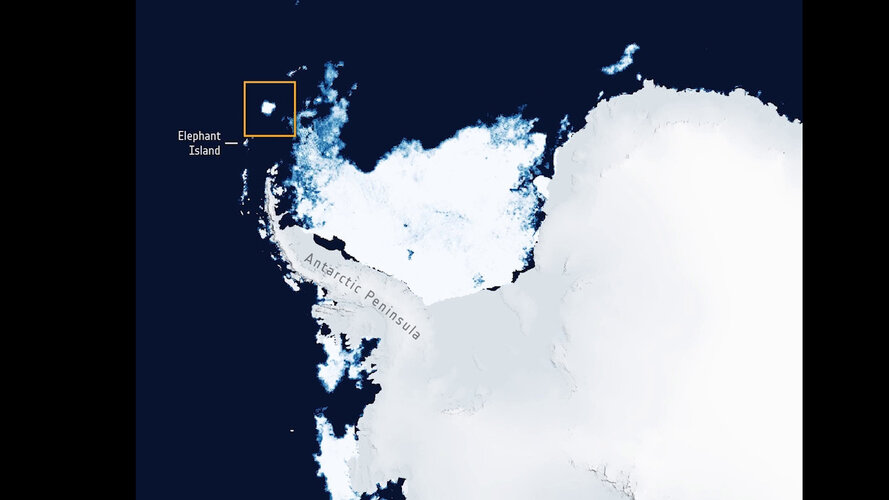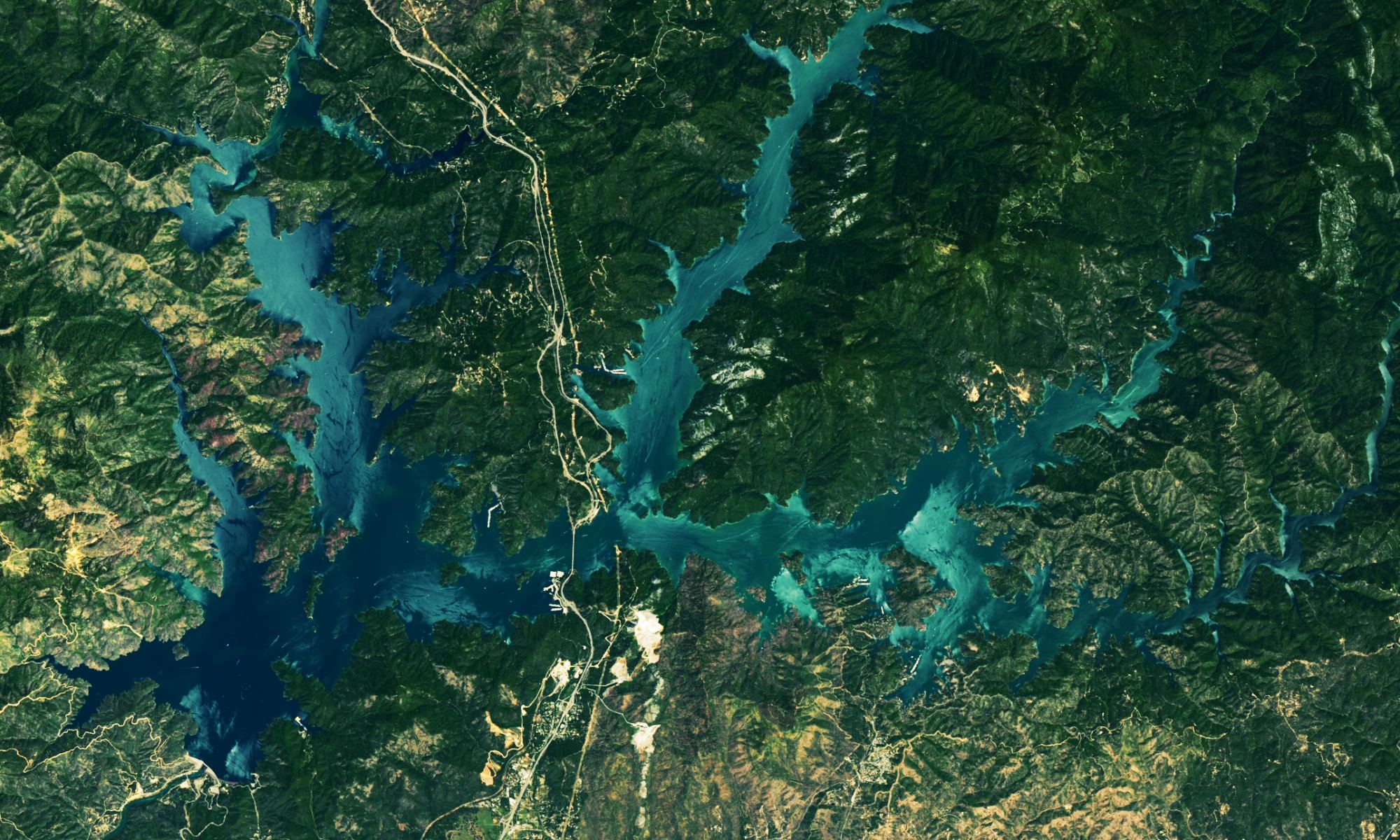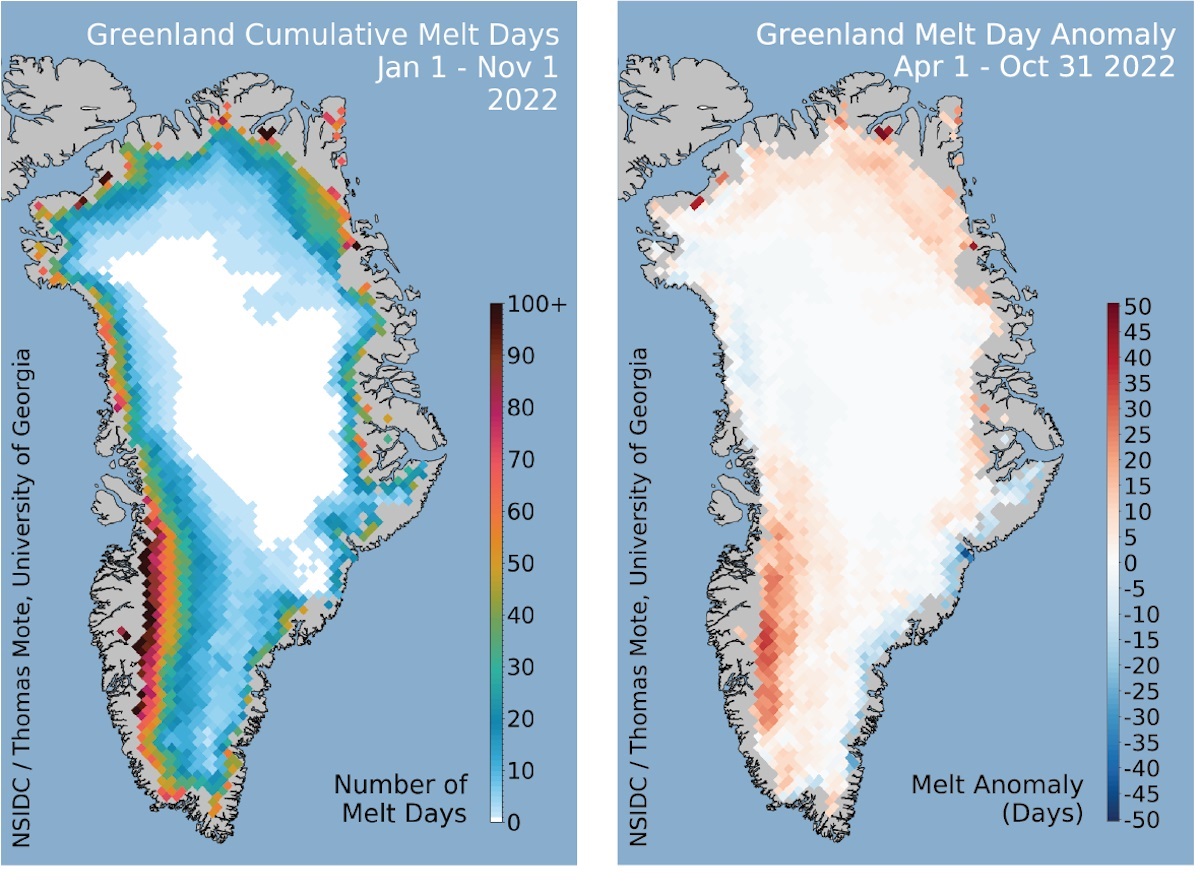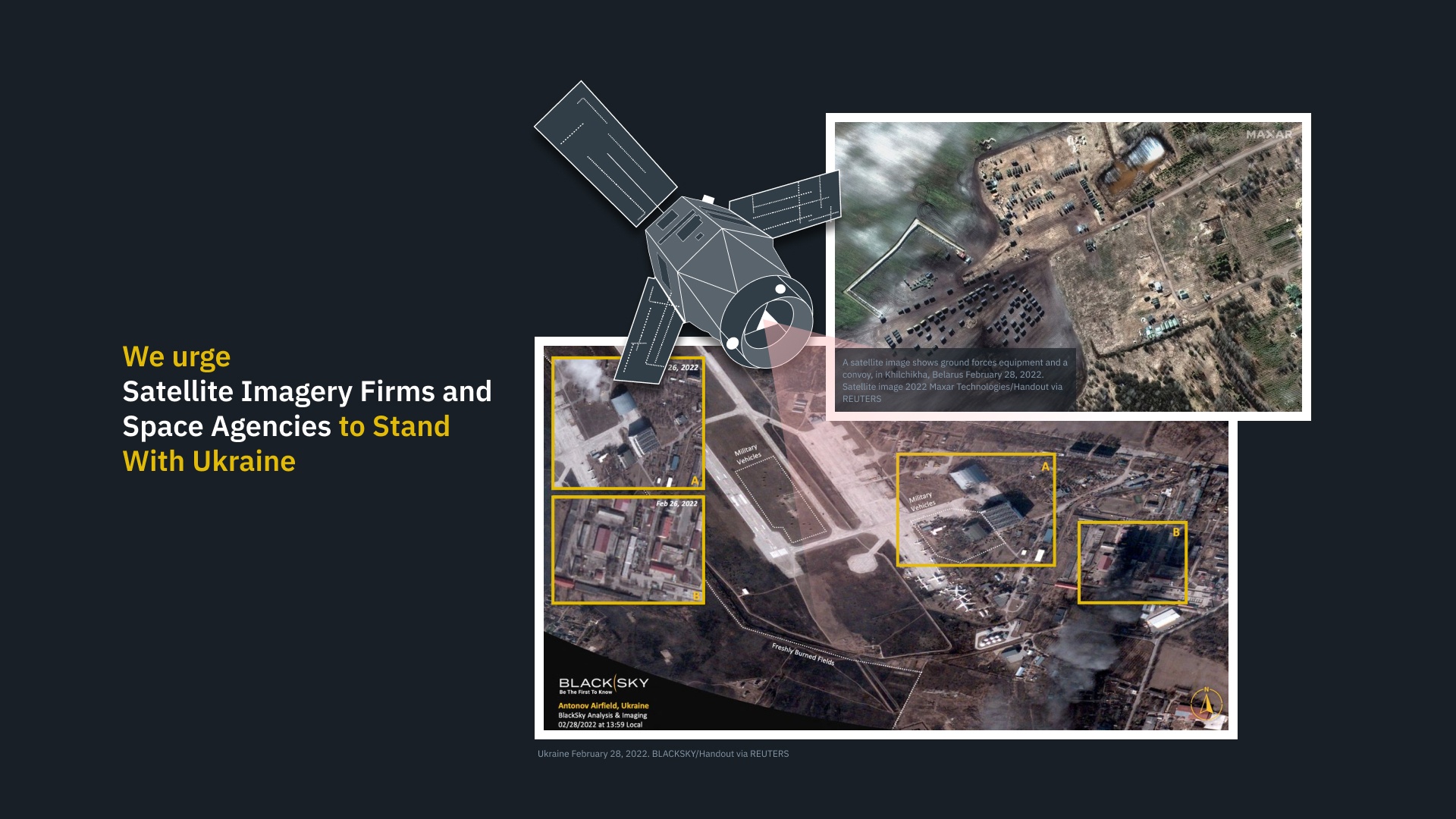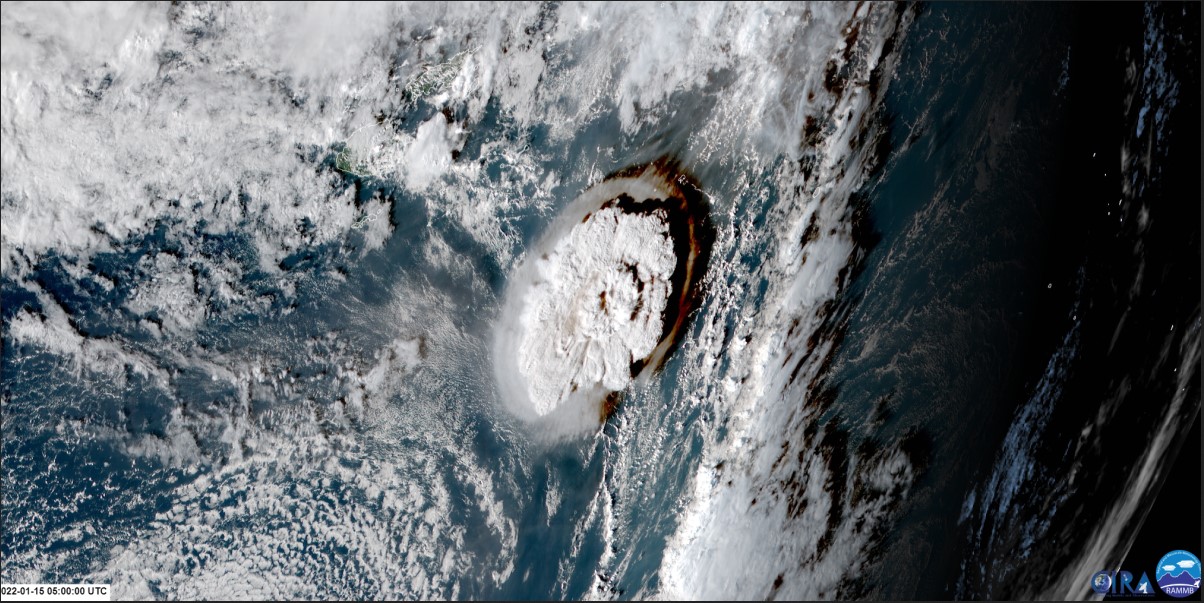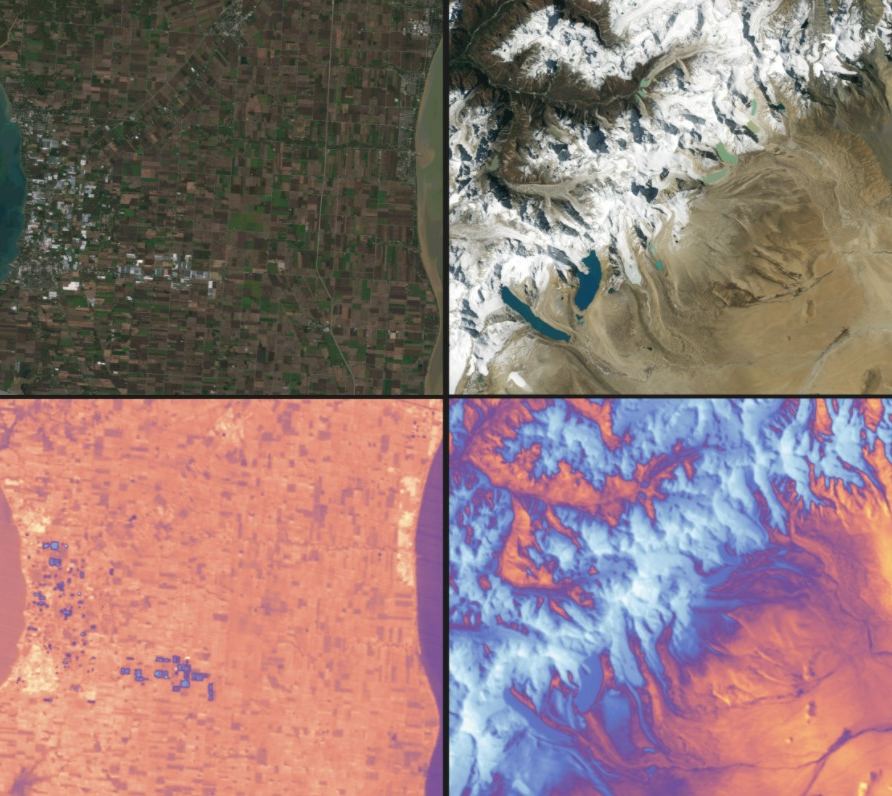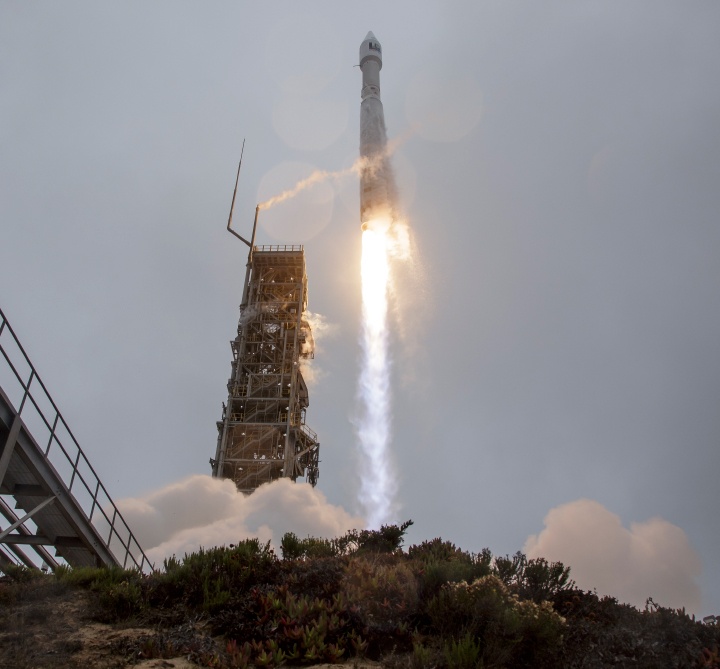Climate change is the single greatest threat facing our planet today. Thanks to excess carbon emissions that have been growing steadily since the mid-20th century, average temperatures continue to rise worldwide. This leads to feedback mechanisms, such as rising sea levels, extreme weather, drought, wildfires, and glacial melting. This includes the Arctic Ice Pack, the East Antarctic glacier, and the Greenland Ice Sheet (GrIS), which are rapidly melting and increasing global sea levels.
Worse than that, the disappearance of the world’s ice sheets means that Earth’s surface and oceans absorb more heat, driving global temperatures even further. According to a new NASA-supported study by an international team of Earth scientists and glaciologists, the Greenland Ice Sheet is melting at an accelerating rate, much faster than existing models predict. According to these findings, far more ice will be lost from Greenland during the 21st century, which means its contribution to sea-level rise will be significantly higher.
Continue reading “Greenland’s ice Loss is Worse Than We Thought”

